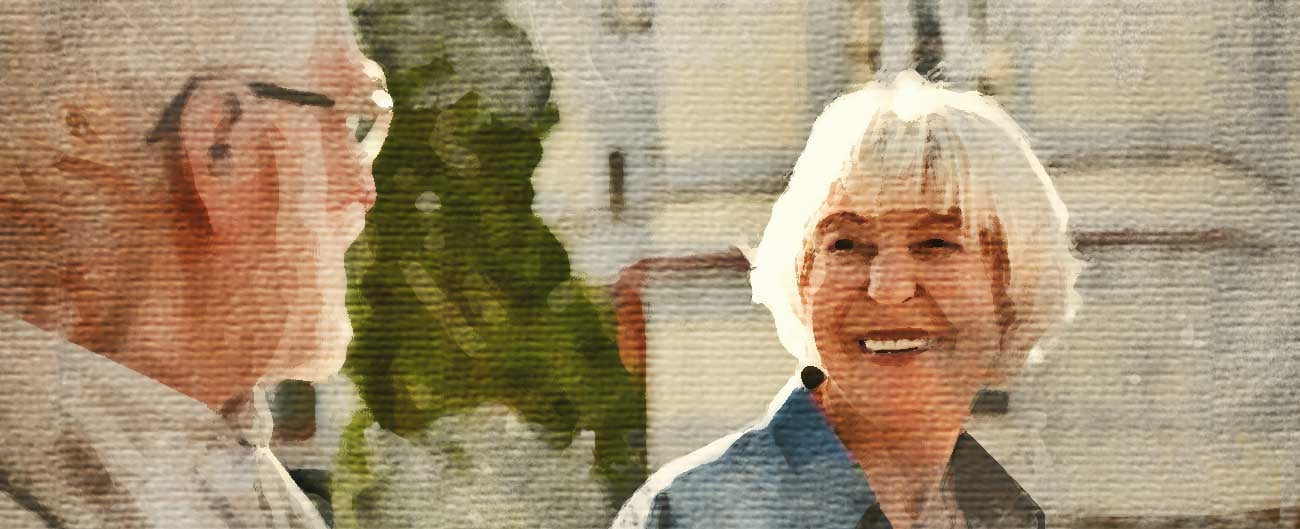
Moving. “Sure, I move,” your companion may say.” I do some walking, but my car is my main means of getting around. It’s quicker. Exercise? Nah, I don’t need it. I’m just fine!”
Ahh, yes. Words to live by; and to die by. Your idea of moving and self-diagnosis of your physical condition, my friend, is far off base from what any doctor or therapist would tell you. Moving is a discipline, a demanding one, which people of all ages need to adhere to if they are to enjoy a heart-healthy, physically-active, and cognitively-fulfilling lifestyle.
Moving and exercise simply must be a regular routine, ideally one which you do in the natural course of the day. You don’t need to go to a gym or hire a trainer. Just do it yourself. The standard recommendation is that middle-aged and older adults should engage in at least 30 minutes of moderate-intensity physical activity most days of the week.
Here at Birches Assisted Living and Memory Care, we understand the need for physical and mental activity. For the most part, we know that a sedentary lifestyle at our age can, and probably will, lead to dire consequences, both physically and mentally. We are, to put it nicely, senior citizens, and a few of us are somewhat long-of-tooth. All of us who fit into the category of “elderly” must recognize the importance of exercise in our daily lives.
We don’t need to do so just to look cool or attractive; we’re far past that point. We must work to improve our physical and mental health, and it won’t be easy. Nothing worthwhile ever is. Being a physically-fit senior is a relative term dependent upon our very real limitations. So, we engage in physical activities with that in mind and convince ourselves after our very best efforts to be satisfied with whatever level of success we can call our own.
Remember, we won’t improve our physical lifestyle by reading about exercise or feeling sorry for ourselves and blaming “fate,” whatever that is, for our situation. Every elderly person needs to understand their personal responsibility to get up and start moving…and keep moving.
Regarding seniors, the benefits of regular physical activity cannot be over-emphasized. For starters, it helps prevent common diseases such as heart conditions and diabetes and improves mental health by relieving stress. Stamina and muscle strength can be heightened for people with chronic, disabling conditions and feelings of well-being can be fostered by reducing symptoms of anxiety and depression.
Have you ever fallen? Well, I have and it ain’t pleasant, especially if you have trouble standing up again. It’s definitely not a confidence builder. Seniors are especially at risk for falling and becoming injured, and we take longer to recover than younger people. Exercise improves our strength and flexibility which, in turn, improves balance and coordination, thus reducing dramatically our risk of falling. Exercise and moving, and this most assuredly includes yoga, is shown to help an individual’s flexibility and range of motion.
You’ve heard the old refrain “use it or lose it.” Physical degeneration is natural as we age, but regular exercise will slow this down. Joints must be given the opportunity to move or they will cease to function and our ability to maintain a healthy lifestyle will be the victim.
Then there’s dementia, the dark cloud so many seniors sense lurking over their heads. A quick cure if it strikes? Or even eventual cure? No! But researchers are certain that frequent exercise, especially walking, lowers the risk of dementia in seniors by as much as 35 percent compared to those who did not partake in any kind of physical activity. Numerous studies, in fact, link exercise to the decreased probability of developing any form of dementia. These are points to consider when contemplating whether or not to set aside the TV remote for a few minutes each day, get your act together, and “start moving.”
Physical activity is also a great way to connect with others by moving about (group walking, light sports, social get-togethers, etc.). These are pleasurable experiences that will spur people to stay active and healthy.
Studies comparing the health of those who exercise and those who don’t are legion. Ask your doctor or caregiver for examples. It’ll make interesting, perhaps life-saving, reading.
To move or not to move! The choice is yours. Maybe you’re a little ashamed that “old age” has cut down on your speed and mobility. But remember the wise adage: “No matter how slow you go, you’re still lapping everyone on the couch.”

